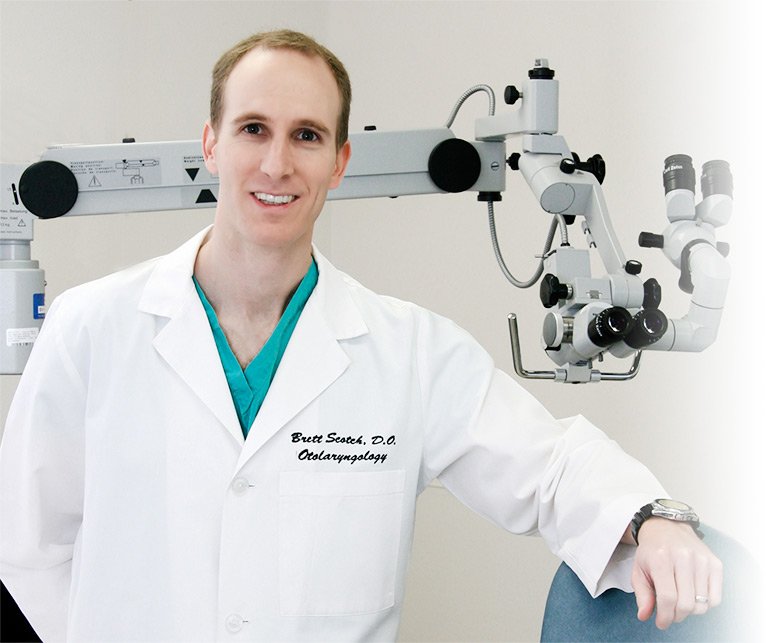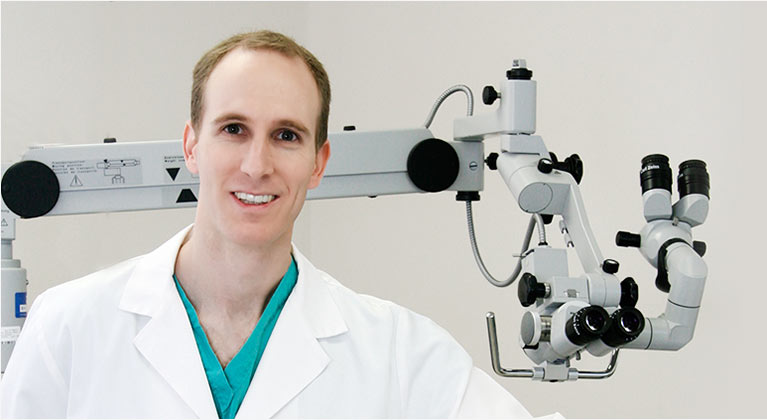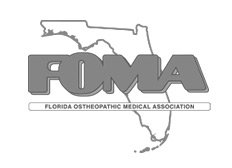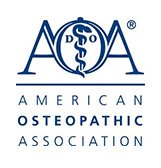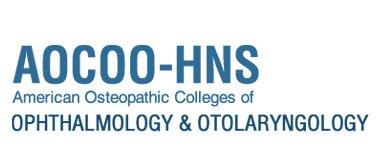What Is a Deviated Septum?
 When the thin wall of cartilage and bone between your nostrils (nasal septum) is off-center, it is referred to as a deviated septum. This can cause one nostril to appear larger than the other. A deviated septum can occur as a result of an injury to your face, may gradually develop over time, or can be present at birth.
When the thin wall of cartilage and bone between your nostrils (nasal septum) is off-center, it is referred to as a deviated septum. This can cause one nostril to appear larger than the other. A deviated septum can occur as a result of an injury to your face, may gradually develop over time, or can be present at birth.
Signs of a Deviated Septum
Not everyone with a deviated septum experiences symptoms. In fact, you may have a septal deformity and not even know it! When deviated septum symptoms occur, however, they may include:
- Trouble breathing through your nose
- Frequent sinus infections or facial pain
- Nosebleeds
- Nasal congestion that may affect one side more than the other
- Snoring and loud breathing during sleep
It’s always a good idea to consult with a medical professional about any new or bothersome symptoms you may be experiencing. If you notice one or more of these signs, consider speaking with an ear, nose, and throat (ENT) doctor.
Deviated Septum Treatment at Scotch Institute of Ear Nose & Throat
Scotch Institute of ENT in Wesley Chapel and Trinity, Florida, offers a full spectrum of care to patients with septal deformities. Founded by fellowship-trained and award-winning ENT specialist Dr. Brett Scotch, our practice merges personalized care with progressive treatments to achieve the best possible outcomes. Many patients are able to effectively manage mild deviated septum symptoms with a combination of antihistamine and decongestant medications. In other cases, a minimally invasive procedure to realign the nasal septum (septoplasty) may be recommended.
Contact Scotch Institute of Ear Nose & Throat to schedule an in-person or telehealth appointment with an ENT doctor on our team. We accept most health insurance plans and are here to answer any questions you may have.







